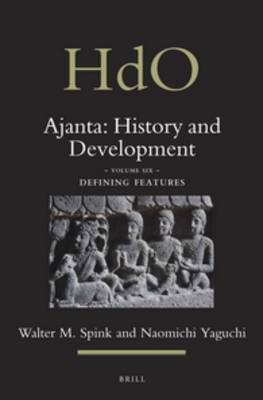Volume 6, in Walter Spink's detailed analysis of the creation and development of the Ajanta caves, during the reign of the emperor Harisena (c.460-c.477) has had a profound and often upsetting impact on the understanding of Indian history in the so-called Golden Age. The author contends that through the discipline of Art History one can in fact change the established view of cultural developments in the crucial "Classic Age" (5th Century CE). One of his major aims is to prove that it was the Vakatakas, under the emperor Harisena, and not the Guptas, that brought Indian culture to its apogee in the late 470s and to show that by analyzing and organizing Ajanta's "defining feature" in revealing developmental sequences, one can support, with specifics, the revolutionary (but now increasingly accepted) "short chronology" for which the author is well known. These "defining features" range from the changing types of Buddha images and living arrangements for the monks, to the precise analysis of the evolution of pillars, doorways, and excavation techniques. The volume also includes, at the start, a discussion of the transforming effect of competition, and finally war, as a key to Ajanta's highly driven development, its florescence, and finally its sad demise.
- ISBN10 900418015X
- ISBN13 9789004180154
- Publish Date 13 March 2014 (first published 1 January 2014)
- Publish Status Active
- Publish Country NL
- Imprint Brill
- Format Hardcover
- Pages 464
- Language English
- URL brill.com/product_id25725
